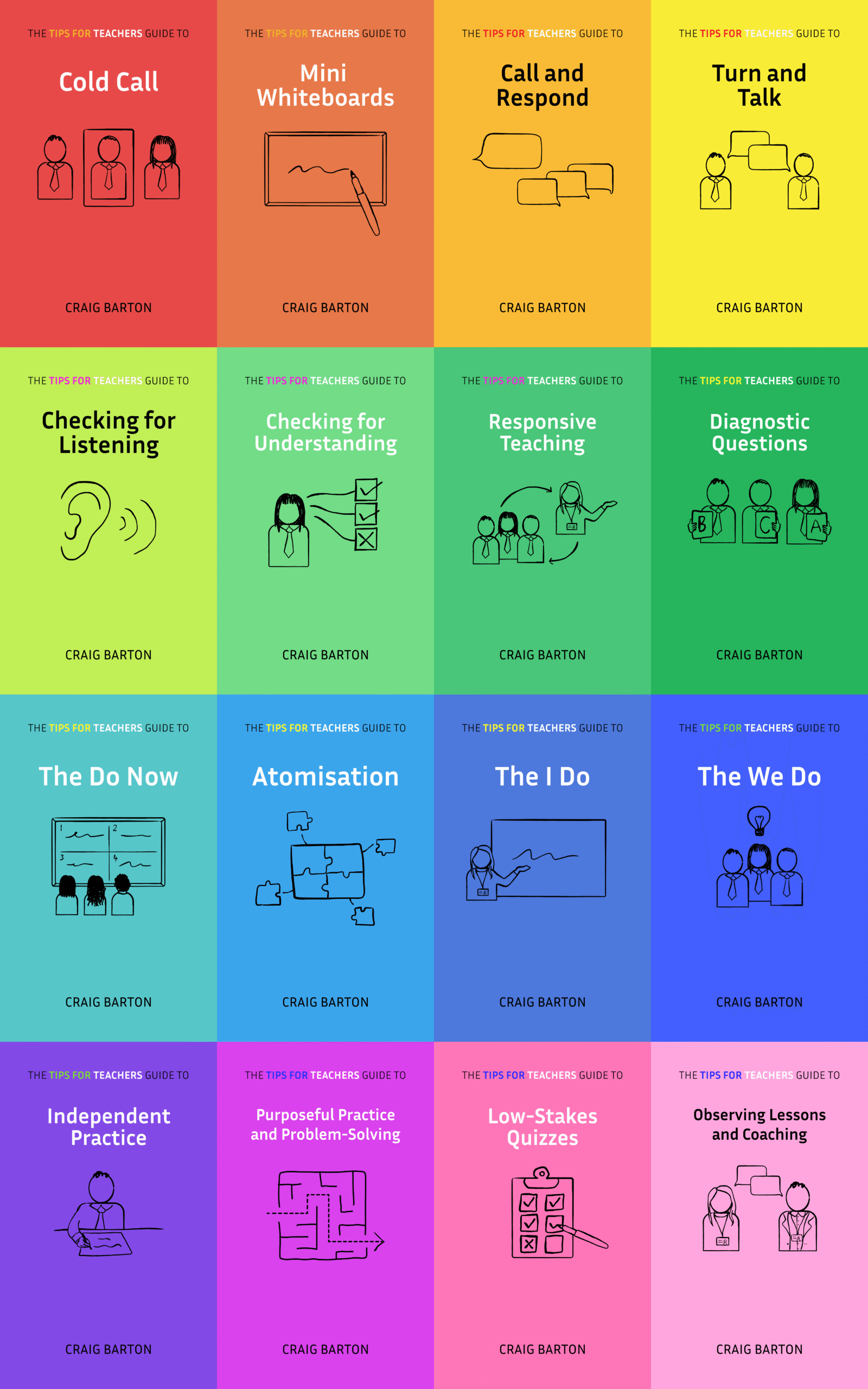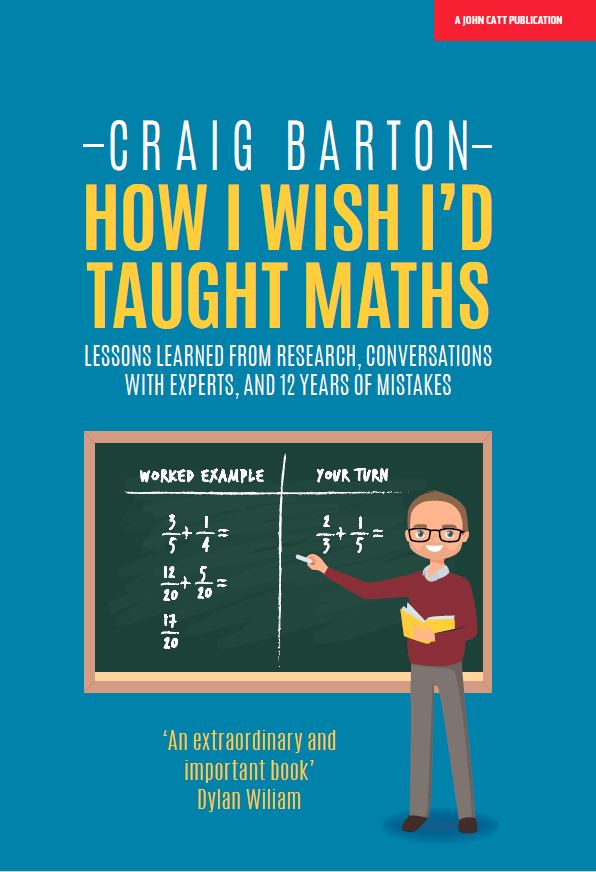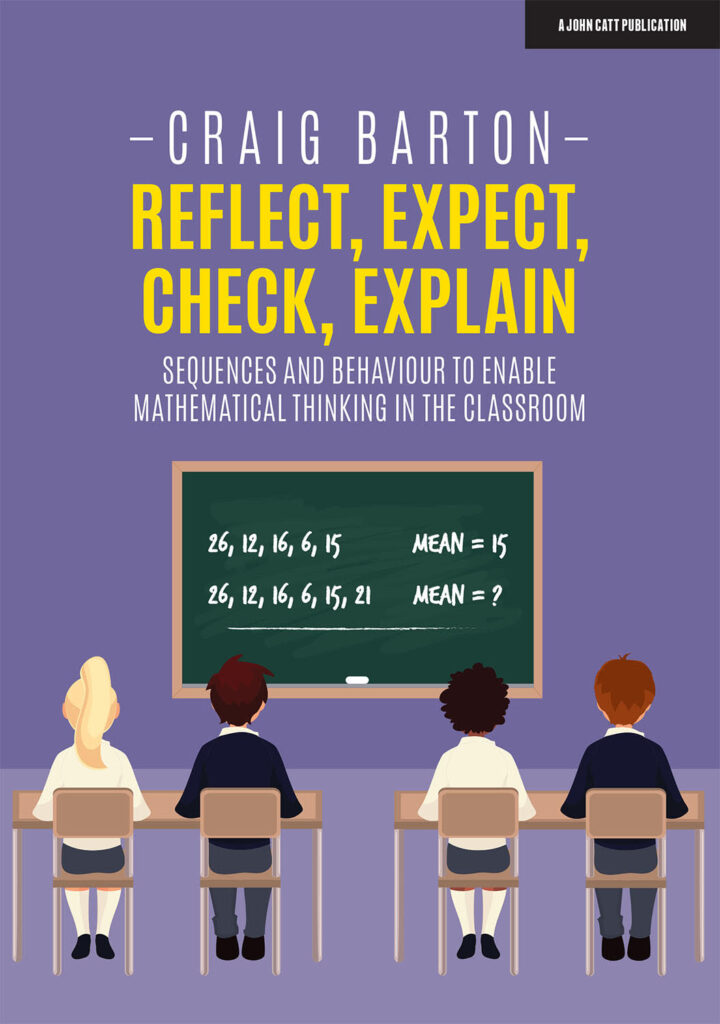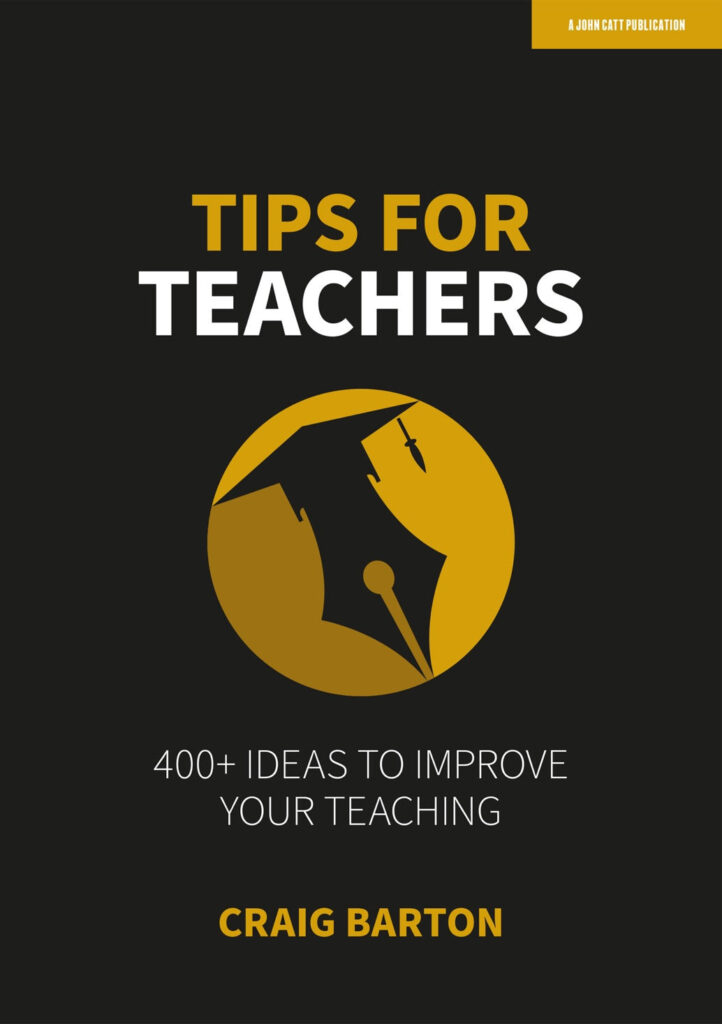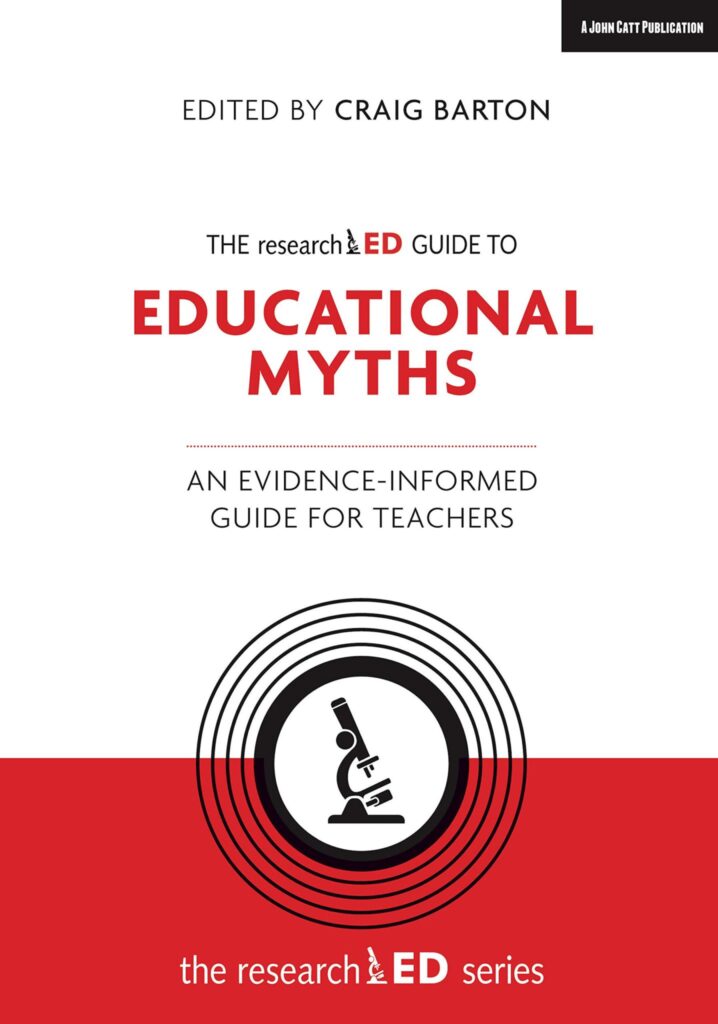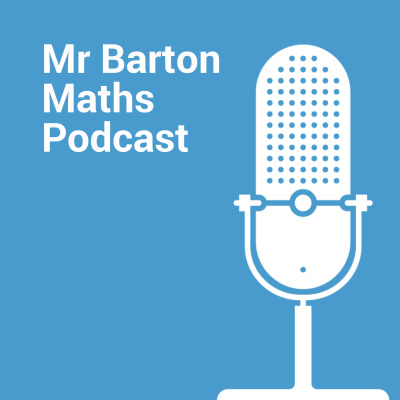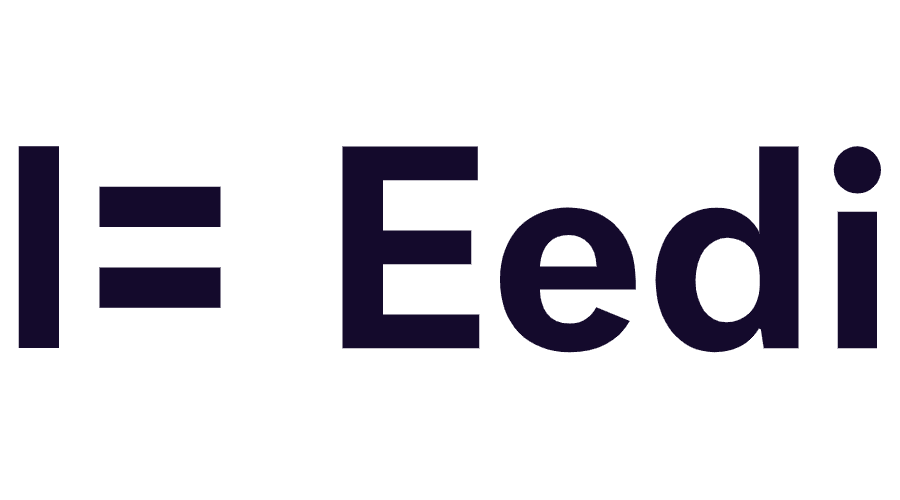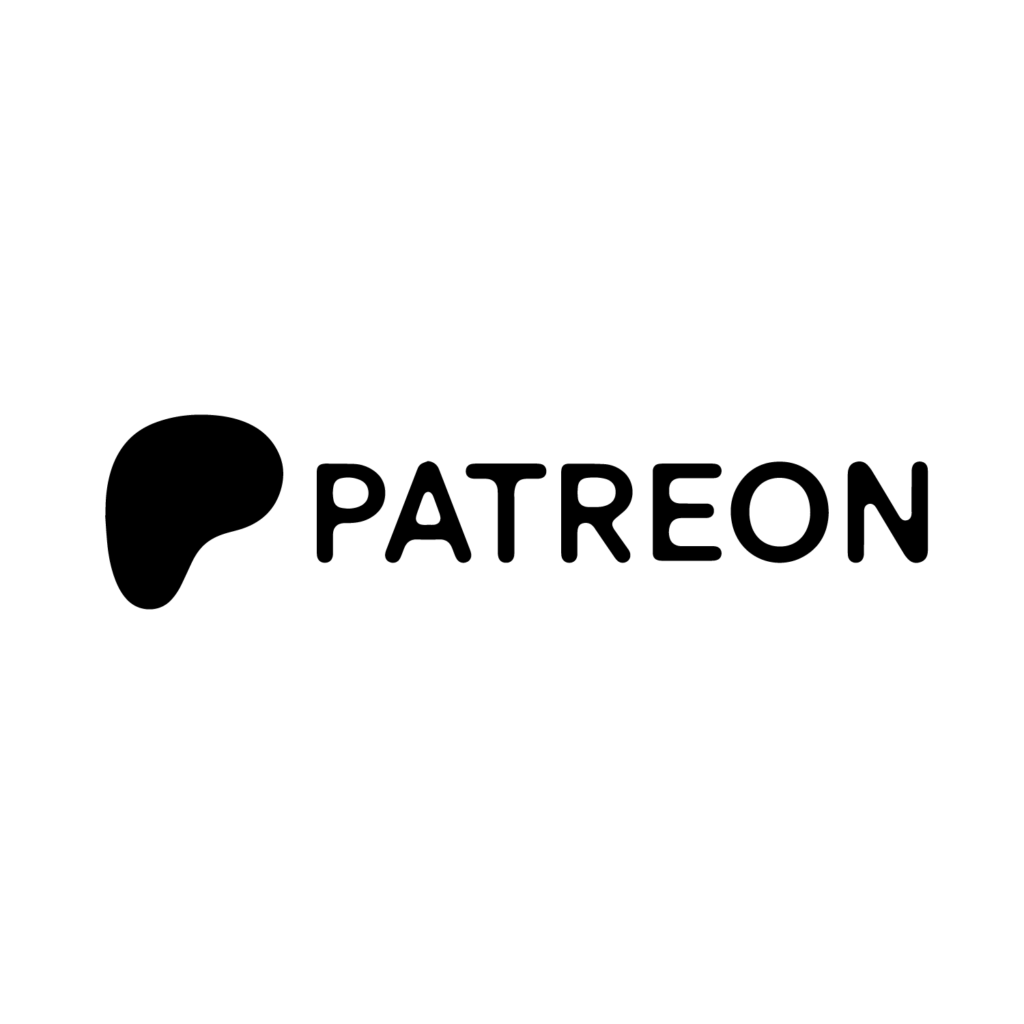
- Title: Developing Curriculum for Deep Thinking – The Knowledge Reviva
- Authors: Surma et al
- Access the original paper here
- Listen to a deep-dive podcast:
Paper summary
This SpringerBrief in Education argues for a knowledge-rich curriculum, emphasizing the crucial role of domain-specific knowledge in fostering deep thinking, complex cognitive skills, and equitable educational opportunities. The authors synthesize research from cognitive psychology, educational psychology, and sociology to demonstrate how a robust knowledge base enhances learning, reading comprehension, and critical thinking. They propose a curriculum framework based on content richness, coherence, and clarity, advocating for a structured approach that builds knowledge systematically across disciplines and grade levels. The book concludes by presenting evidence suggesting that a knowledge-rich curriculum significantly improves student achievement and reduces educational inequalities.
What are the key implications for teachers in the classroom?
- Activating prior knowledge: Teachers need to map out what students should already know to fully comprehend the content of a new lesson and activate it. This can be done with pre-questions (retrieval practice) or advance organizers. Teachers must ensure that prior knowledge is not only available, but also consciously or unconsciously activated and applied to guide the learning process.
- Ensuring relevance of prior knowledge: Teachers should be aware that students might activate prior knowledge that is not relevant to the learning task, and that this can hinder learning. Faulty prior knowledge can also impede subsequent learning.
- Understanding domain-specificity: Teachers must understand that critical thinking and other complex cognitive skills are intertwined with the content of the thoughts themselves, or with domain-specific knowledge. Critical thinking skills are not generic. Teachers should provide domain-specific examples of how to think critically, which will act as worked examples for future tasks.
- Explicit vocabulary instruction: Teachers should focus on explicit and implicit vocabulary instruction, comprehension, and phonics instruction with repeated opportunities to read to develop fluency.
- Building a common knowledge base: Teachers should work to build a common knowledge base in the classroom, particularly for disadvantaged students, who depend mostly on schools to be exposed to advanced vocabulary and rich content knowledge.
- Importance of disciplinary knowledge: Teachers should understand that disciplinary knowledge enables students to consider things that are unlikely to be known solely through experiences or observations.
- Sequencing of topics: Teachers must consider the hierarchy and structure within the knowledge itself, and how this influences the sequencing of topics in the curriculum. They should be aware that the most important single factor influencing learning is what the learner already knows.
- Focus on concepts and knowledge: Teachers should provide meaningful learning activities led by concepts and knowledge, and recognize that knowledge building can start from a very young age.
- Integration of knowledge and skills: Teachers should recognize that complex cognitive skills rely on domain-specific knowledge and that a focus on one should not exclude a focus on the other. They should also emphasize that complex skills, such as problem solving and critical thinking, should be built with knowledge as a foundation within a domain.
- Making connections across subjects: Teachers need to explicitly make connections regarding concepts between different fields of study, as students have difficulty making these connections themselves.
- Ensuring vertical coherence: Teachers should ensure logical progression over time, where prior learning forms a foundation for future content.
- Using clear learning goals: Teachers should know what has been learned previously. If they know what students ought to know and be able to do at a specific age or grade level, teachers can effectively access and revisit existing prior knowledge before expanding on it.
- Understanding curriculum alignment: Teachers should be aware of how the curriculum, teaching, teaching materials, assessment, and quality monitoring are all aligned within the educational system. They should understand that textbooks play a crucial role in improving educational systems and in supporting effective teaching and learning, but that the quality of these materials can vary significantly.
- Need for content knowledge: Teachers should have sufficiently mastered the content they are delivering. Teacher education and ongoing professional development initiatives should include the principles and methods of effective knowledge design. Teachers should understand how coherence occurs, how subject concepts connect to materialised content, why engagement with knowledge should follow the subject concept-content selection, and the relationship between this concept-cohering curriculum and the intellectual processes which build students’ cognitive architecture.
- Use of worked examples: Teachers can help students by modeling successful procedures or products.
- Scaffolding and feedback: Teachers should adjust support to students’ needs, and remove support as students gain knowledge. They should also provide feedback on student performance.
- Questioning and explanation: Teachers should ask and answer deep-level questions that elicit explanations.
- Promoting self-regulation: Teachers should provide explicit instruction in how to self-regulate their learning as learners often lack an accurate understanding of their own cognitive processes.
In sum, the sources emphasize that a teacher’s role is to facilitate deep and meaningful learning through a knowledge-rich curriculum that incorporates content, coherence, and clarity.
Quote
A knowledge-rich curriculum is the soundest way forward to both effectively teach knowledge and complex skills in school
